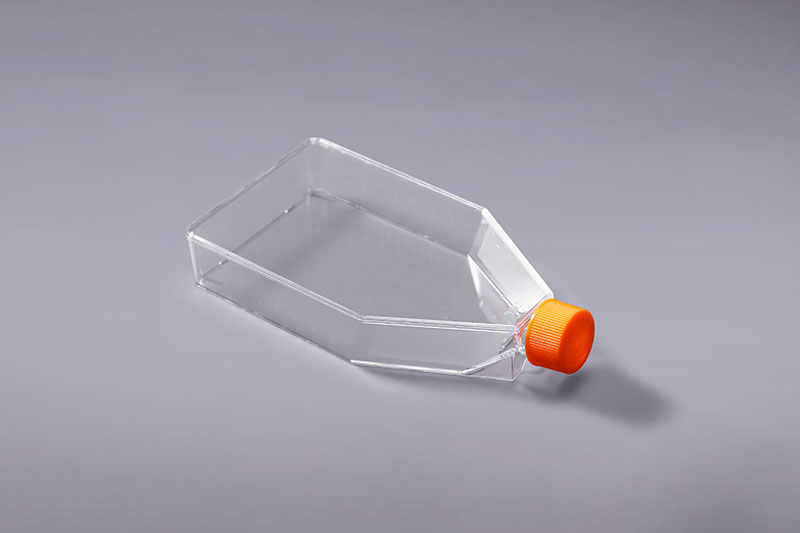에는 여러 유형이 있습니다. 다양한 세포 배양 요구 사항에 따라 많은 유형의 캡이 있습니다. 그렇다면 세포 배양 플라스크의 캡은 어떻게 선택해야 합니까?세포 배양 플라스크의 캡은 일반적으로 내부 패드 없이 닫힙니다. 그들은 기밀성을 보장하기 위해 폐쇄 문화에 자주 사용됩니다. 캡을 풀면 개방 배양에도 사용할 수 있습니다. 또한, 배양 플라스크의 캡에는 통풍 캡, 격막 캡, 폴리에스터 캡 및 기타 유형이 있습니다.세포 배양 플라스크
통기성 캡은 멸균 가스 교환을 제공하고 위험을 줄이기 위해 병 캡에 추가된 0.2μm 소수성 필터 멤브레인입니다. 오염. 개방형 배양에 일반적으로 사용되며 특히 장기 배양이 필요한 실험에 권장되는 co2 인큐베이터 배양에 권장됩니다.
격막 덮개에는 격막에 미리 절단된 구멍이 있어 흡입 노즐(또는 5ml 또는 5ml의 피펫) less) 액체 추가, 액체 흡인 또는 세포 수확, 오염 가능성 감소 및 배양 병 폐쇄 유지를 위해 격막을 통해 삽입할 수 있습니다. 느슨해짐), 병의 가스는 캡을 부드럽게 풀어서 환경의 가스와 교환할 수 있습니다.
의 다른 캡 유형은 다른 세포 배양 방법 및 환경 요구 사항에 해당합니다. 따라서 세포 배양 플라스크를 구입할 때 이 점을 주의하고 세포 배양의 필요에 따라 적절한 캡을 선택해야 합니다.
세포 배양 플라스크cell culture flasks correspond to different cell culture methods and environmental requirements. Therefore, you should pay attention to this when purchasing cell culture flasks and choose the appropriate cap according to the needs of cell culture.
The FAI climbed 5.9 percent year-on-year in the first 11 months of 2018, quickening from the 5.7-percent growth in Jan-Oct, the National Bureau of Statistics (NBS) said Friday in an online statement.
The key indicator of investment, dubbed a major growth driver, hit the bottom in August and has since started to rebound steadily.
In the face of emerging economic challenges home and abroad, China has stepped up efforts to stabilize investment, in particular rolling out measures to motivate private investors and channel funds into infrastructure.
Friday's data showed private investment, accounting for more than 60 percent of the total FAI, expanded by a brisk 8.7 percent.
NBS spokesperson Mao Shengyong said funds into weak economic links registered rapid increases as investment in environmental protection and agriculture jumped 42 percent and 12.5 percent respectively, much faster than the average.
In breakdown, investment in high-tech and equipment manufacturing remained vigorous with 16.1-percent and 11.6-percent increases respectively in the first 11 months. Infrastructure investment gained 3.7 percent, staying flat. Investment in property development rose 9.7 percent, also unchanged.
 English
English



















































